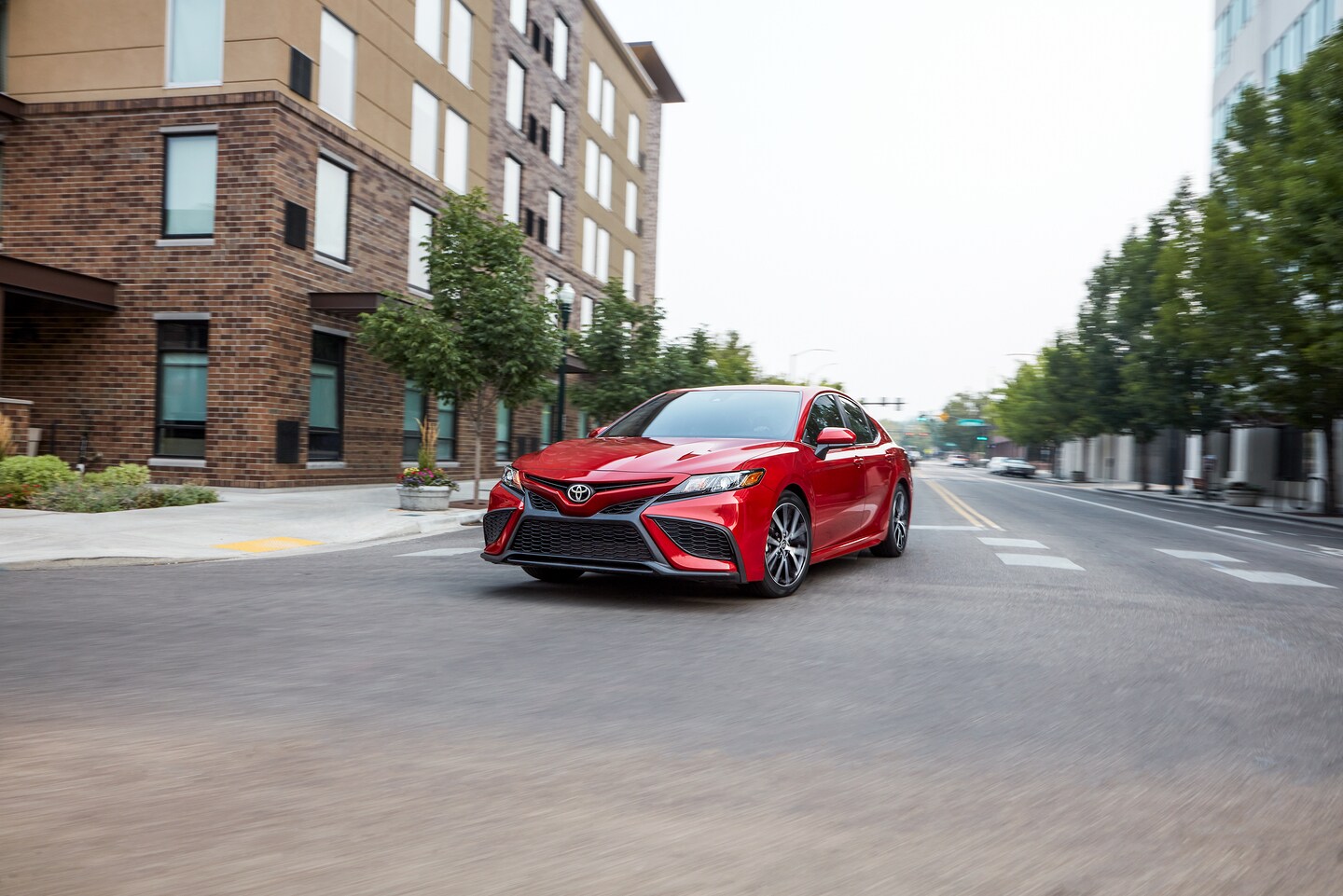What is the difference between 4WD and AWD
Understanding the Difference Between 4WD and AWD: A Guide from Grand Valley Auto
When it comes to choosing a vehicle that suits your driving needs, one of the most important decisions you'll make is whether to opt for Four-Wheel Drive (4WD) or All-Wheel Drive (AWD). At Grand Valley Auto in Grand Junction, we know that understanding the difference between these two systems is crucial for making an informed purchase. In this guide, we'll break down the key distinctions between 4WD and AWD, helping you decide which is best for your driving style and the terrain.
What is Four-Wheel Drive (4WD)?
Four-Wheel Drive, commonly known as 4WD, is a system designed primarily for off-road and rugged terrain driving around Colorado. It provides power to all four wheels simultaneously, giving the vehicle enhanced traction and control in challenging conditions.
- How 4WD Works: In most 4WD systems, the vehicle operates in rear-wheel drive mode under normal conditions. When additional traction is needed, the driver can manually engage 4WD, which locks the front and rear axles together to deliver equal power to all four wheels. This is especially useful when driving on slippery, uneven, or off-road surfaces.
- Types of 4WD: There are two main types of 4WD systems-Part-Time and Full-Time. Part-Time 4WD requires the driver to manually engage 4WD when needed, while Full-Time 4WD is always engaged and automatically adjusts power distribution between the front and rear wheels as conditions change.
- Best Use for 4WD: 4WD is ideal for those who frequently drive off-road or in harsh conditions, such as snow, mud, or rocky terrain. It's a common feature in trucks and larger SUVs designed for towing and heavy-duty performance.


What is All-Wheel Drive (AWD)?
All-Wheel Drive, or AWD, is a system that automatically distributes power to all four wheels, providing better traction and stability on a variety of road conditions. Unlike 4WD, AWD is designed for everyday driving and can seamlessly adapt to changes in road surfaces.
- How AWD Works: AWD systems constantly monitor the road and the vehicle's traction. Under normal conditions, the majority of the power is sent to either the front or rear wheels (depending on the vehicle's design). If the system detects slippage, it automatically redistributes power to the wheels with the most grip, ensuring optimal traction without any input from the driver.
- Types of AWD: AWD systems can be found in two configurations-Full-Time AWD and On-Demand AWD. Full-Time AWD is always active, providing continuous power to all four wheels. On-Demand AWD operates primarily in two-wheel drive but automatically engages all four wheels when additional traction is needed.
- Best Use for AWD: AWD is ideal for drivers who face varying weather conditions, such as rain, snow, or light off-road situations, but who primarily drive on paved roads. It's commonly found in cars, crossovers, and smaller SUVs.
Key Differences Between 4WD and AWD
While both 4WD and AWD systems provide power to all four wheels, the way they operate and their intended uses are distinct.
- Engagement: The primary difference is that 4WD systems typically require manual engagement by the driver, whereas AWD systems are automatic and do not require driver intervention.
- Terrain Suitability: 4WD is specifically designed for off-road driving and extreme conditions, offering superior traction and control in such environments. AWD, on the other hand, is better suited for on-road driving with occasional light off-road use, offering enhanced traction on wet or slippery surfaces.
- Vehicle Types: 4WD is commonly found in larger, off-road-capable vehicles like trucks and SUVs, while AWD is more often used in sedans, crossovers, and smaller SUVs.

Which System is Right for You
The decision between 4WD and AWD depends largely on your driving habits and the conditions you typically encounter.
Consider 4WD If:
- You frequently drive off-road or in rugged terrain.
- You need a vehicle with towing capabilities.
- You live in an area with severe winter weather where maximum traction is essential.
Consider AWD If:
- You mostly drive on paved roads but want extra traction in wet or slippery conditions.
- You prefer a system that operates automatically without needing manual intervention.
- You live in an area with moderate winter conditions and want the security of additional traction without the bulk of a 4WD system.
Explore Your Options at Grand Valley Auto
At Grand Valley Auto in Grand Junction, we offer a wide range of vehicles equipped with both 4WD and AWD systems. Visit us today to explore our selection of 4WD and AWD vehicles, and take advantage of our finance experts and customer-focused service. We're committed to helping you find the right used vehicle with the right drive system, so you can drive with confidence no matter where the road takes you.
How Can We Help?
* Indicates a required field